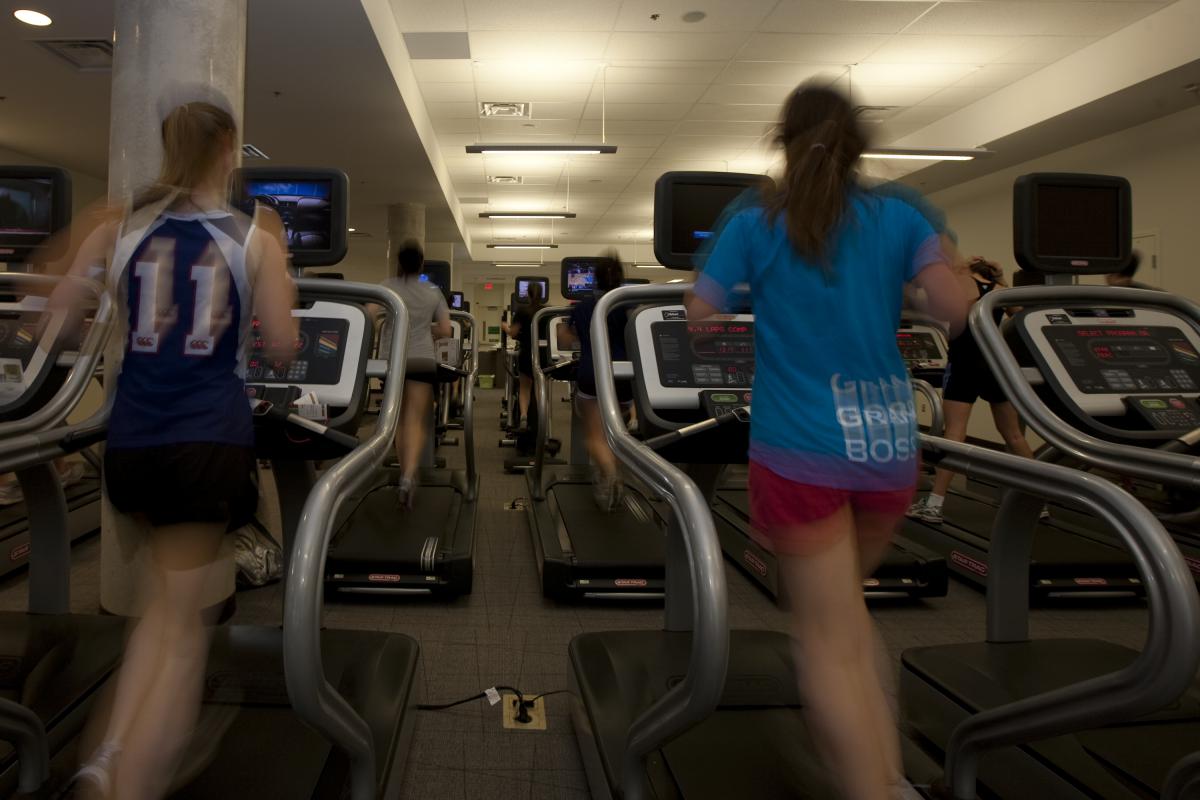Resveratrol could reverse benefits of being active
October 29, 2014
Share

Contrary to popular belief, use of the supplement resveratrol (RSV) may not actually enhance the effects of high-intensity interval training (HIIT).
Many news outlets and health blogs have long recommended RSV as a complement to exercise and to enhance performance. However, results from a study by Queen’s researcher Brendon Gurd suggest that RSV may actually impede the body’s response to training.
“The easiest way to experience the benefits of physical activity is to be physically active,” says Dr. Gurd, a professor in the School of Kinesiology and Health Studies. “The efficacy of RSV at improving metabolic and cardiovascular functions is not as profound as was once thought.”
Resveratrol occurs naturally in the skin of red grapes and has long been associated with the health benefits connected to a Mediterranean-style diet. Recently, it’s become possible to purchase RSV supplements, which are often marketed as “exercise mimics.”
Sixteen participants who engaged in less than three hours of aerobic exercise per week at the time of enrolment were asked to perform HIIT three times per week for four weeks. During this time, participants were administered daily doses of either RSV or a placebo.
Results after the four-week study showed that RSV supplementation may actually oppose the effects of exercise alone. In fact, the placebo group showed an increase in some of the benefits associated with physical activity as opposed to the group taking RSV whose physical fitness didn’t improve.
“The results we saw suggest that concurrent exercise training and RSV supplementation may alter the body’s normal training response induced by low-volume HIIT,” says Dr. Gurd. “The data set we recorded during this study clearly demonstrates that RSV supplementation doesn’t augment training, but may impair the affect it has on the body.”
Results observed by the team question the ability of RSV to act as an exercise-enhancing supplement and highlight the need for further research. This research was published in Applied Physiology, Nutrition and Metabolism.